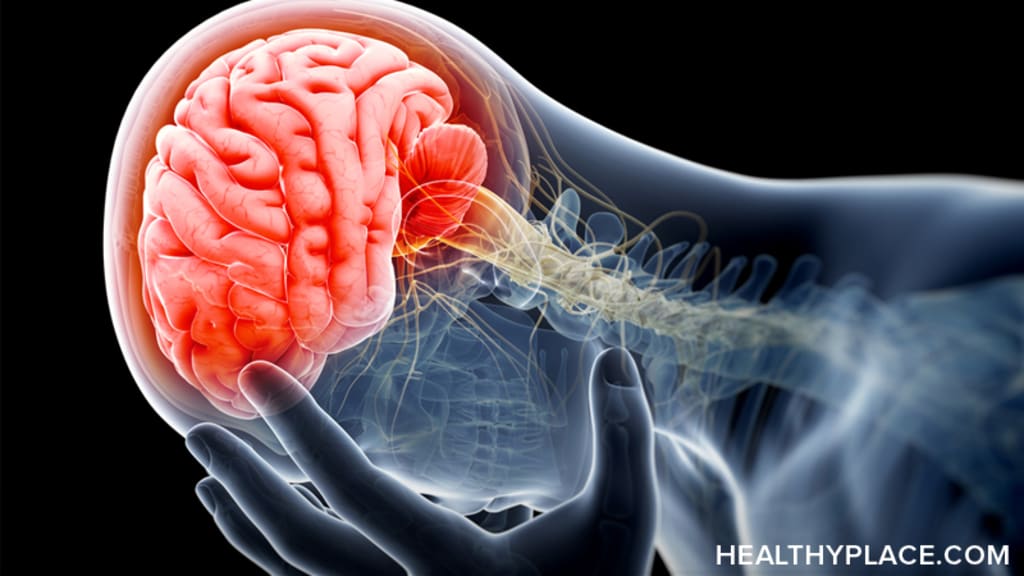What causes us to feel panic?
An in-depth and understanding answer.

To give you a background into this article; i am a recent MSc Psychology graduate and i have been asked many questions over my years studying and i thought i would share some of these questions and anwers with you.
I am starting today with "What causes us to feel panic?" and this is a good question!
Firstly, we need to understand what are panics?
To panic is a sudden sensation of fear which is so strong that it prevents logical thinking and reasoning and replaces them with overwhelming feelings of anxiety which often cause us to go into fight or flight mode. Panics occur during multiple situations and are sometimes uncontrollable. Schmidt and Warner (2002) describe panic as “that terrible, profound emotion that stretches us beyond our ability to imagine any experience more horrible”.
An example of a panic is:
imagine you are walking down the street minding your own business when you witness an intense fight across the road between two grown men. The fight becomes so intense that the two men are shouting profusely at eachother and the fight gets violent. You are heading in their direction but don't want to get involved or get to close. Your mind starts to race, your thoughts get blurred and you begin to feel anxious. This feeling is your fight or flight mode kicking in. Sometimes, instead of this mode kicking in, your mind goes into overdrive and you start thinking "What if they target me?" "What if i get in the way?" "How will i get home?" these thoughts become so intense and overwhelming that you begin to experience symptoms of a panic attack.
Now you may be asking... What are the symptoms of a panic attack?
According to the NHS (2020) during a panic attack, you get a rush of intense mental and physical symptoms. It can come on very quickly and for no apparent reason.
A panic attack can be very frightening and distressing. Symptoms include:
- a racing heartbeat
- feeling faint
- sweating
- nausea
- chest pain
- shortness of breath
- trembling
- hot flushes
- chills
- shaky limbs
- a choking sensation
- dizziness
- numbness or pins and needles
- dry mouth
- a need to go to the toilet
- ringing in your ears
- a feeling of dread or a fear of dying
- a churning stomach
- a tingling in your fingers
- feeling like you're not connected to your body
Most panic attacks last between 5 and 20 minutes. Some people have even been reported to last up to an hour.
Now to our main question... What causes us to feel panic?
In psychology, panic is identified as a disorder and is related strongly to biological and psychological factors and their interactions. It is often described as an incidence where a specific vulnerability of all people is to interpret normal physical sensations in a catastrophic way. However, Panic in social psychology is considered infectious since it can spread to a multitude of people and those affected are expected to act irrationally as a consequence.
Researchers have conducted both animal and human studies to pinpoint the particular parts of the brain that are involved in anxiety and fear. Because fear evolved to deal with danger, it sets off an immediate protective response without conscious thought. This fear response is believed to be coordinated by the amygdala, a structure deep inside the brain. Although relatively small, the amygdala is quite complex, and recent studies suggest that anxiety disorders may be associated with abnormal activity within it.
The amygdala is known to have 13 nuclei, which can be categorized into lateral, basal and central subregions. In humans, nuclei of the amygdala are usually grouped as: laterobasal subgroup including both lateral and basal nuclei; centromedial subgroup; and cortical subgroup. These subgroups deal with fear, a process which can be illustrated as follows: the lateral subgroup receives information from the cortical and subcortical areas, the basal subgroup inter-connects the lateral and central subgroups and sends the output to the cortical areas, and the central subgroup conveys the information to the brain regions including the hypothalamus and periaqueductal grey.
Therefore, research suggests that abnormal activities within the amygdala often reflect complex chemical reactions such as panicking or anxiety. There are lots of triggers that might cause this reaction such as: severe stress in a persons' life or around their environment; social phobias or major life transitions.
Now that we know what they are, their symptoms and why we experience them... what can we do to treat them?
No matter how powerless or out of control you may feel about your panic attacks, it’s important to know that there are many things you can do to help yourself.
Learn about panic and anxiety. Simply knowing more about panic can go a long way towards relieving your distress.
Avoid smoking, alcohol, and caffeine. These can all provoke panic attacks in people who are susceptible.
Learn how to control your breathing. Hyperventilation brings on many sensations (such as lightheadedness and tightness of the chest) that occur during a panic attack. Deep breathing, on the other hand, can relieve the symptoms of panic.
Practice relaxation techniques. When practised regularly, activities such as yoga, meditation, and progressive muscle relaxation strengthen the body’s relaxation response—the opposite of the stress response involved in anxiety and panic.
I hope you enjoyed reading this article about "what causes us to feel panic?", if you have any questions that you would like answered... drop a comment below. Stay happy, stay healthy and stay safe!
About the Creator
Nicole Murray
I'm a psychology student with a passion to change the world
Enjoyed the story? Support the Creator.
Subscribe for free to receive all their stories in your feed. You could also pledge your support or give them a one-off tip, letting them know you appreciate their work.






Comments
There are no comments for this story
Be the first to respond and start the conversation.